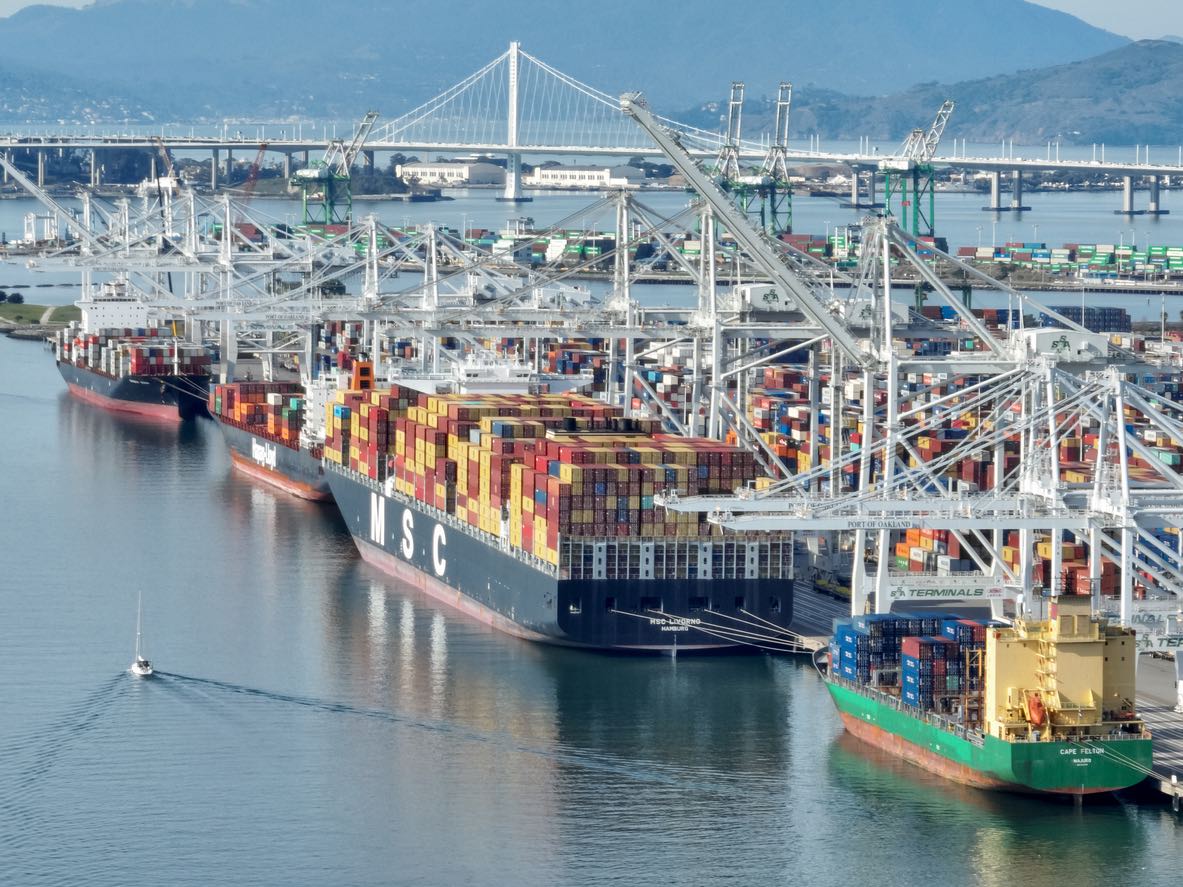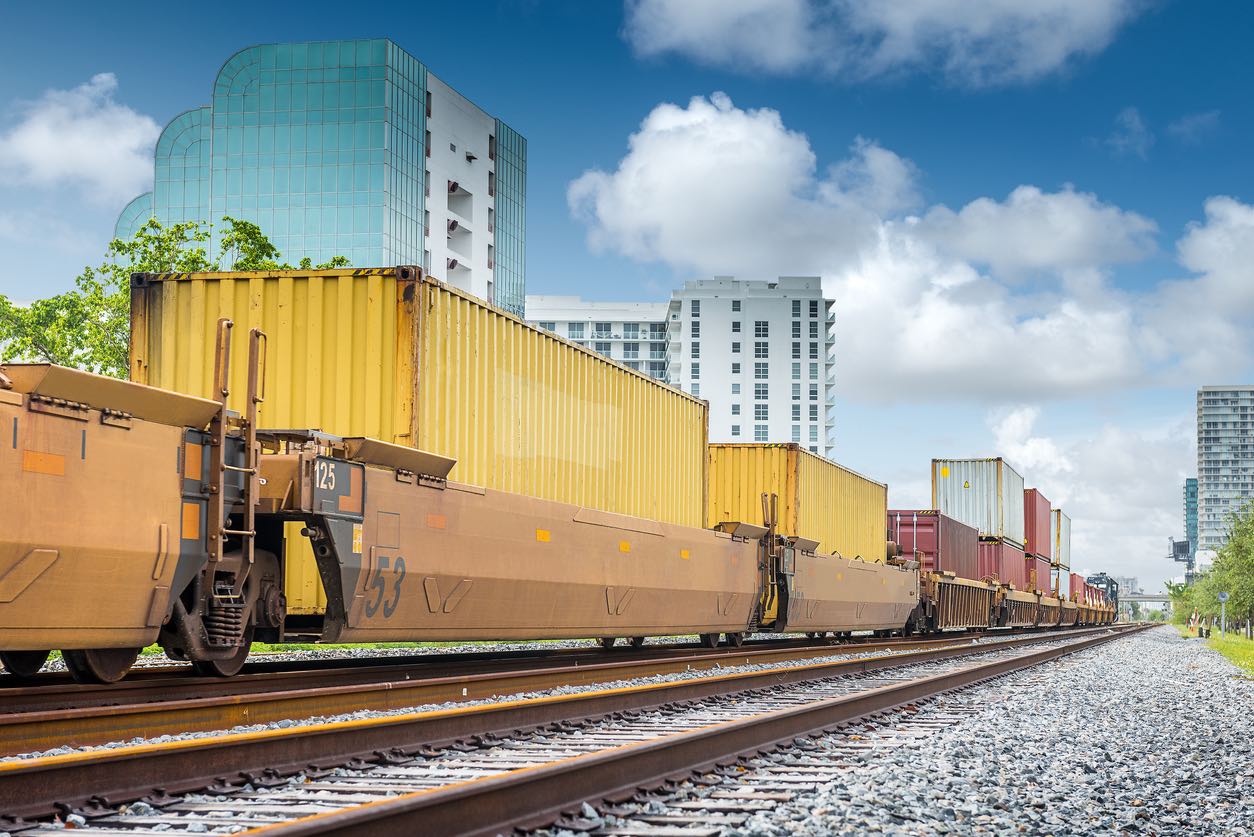In a historic move, the federal government announced a massive $653 million investment in port infrastructure, ushering in a new age of maritime prosperity for the United States. This enormous influx of funding, which comes from the Infrastructure Investment and Jobs Act (IIJA), is a strong declaration about the direction that American commerce and logistics will take as well as a financial commitment. This effort, which aims to modernize 41 water-based ports nationwide, is expected to significantly improve the nation’s supply chain capacities, strengthening the foundation of the national economy.
It is impossible to overstate the importance of this investment. It is a calculated action to strengthen American leadership in the cutthroat field of international shipping as well as a proactive reaction to the growing needs for global trade. The effort seeks to upgrade the vital gateways through which a significant amount of U.S. trade passes by emphasizing the expansion of capacity, improvement of efficiency, and strengthening of resilience of these ports. This ambitious initiative aims to revitalize and reimagine the fundamental conduits that drive America’s economic engine, making sure they are resilient enough to meet present problems and flexible enough to adjust to future uncertainty. It is not only about modernizing physical infrastructure.
With this significant investment, U.S. ports are embarking on a revolutionary path that the world is watching. This journey is expected to change the face of marine transportation and establish new standards for the dependability and efficiency of supply chains. This is a calculated risk that will help ensure that the trade and commerce industries in America have a bright, vibrant future. It is more than just a financial venture.
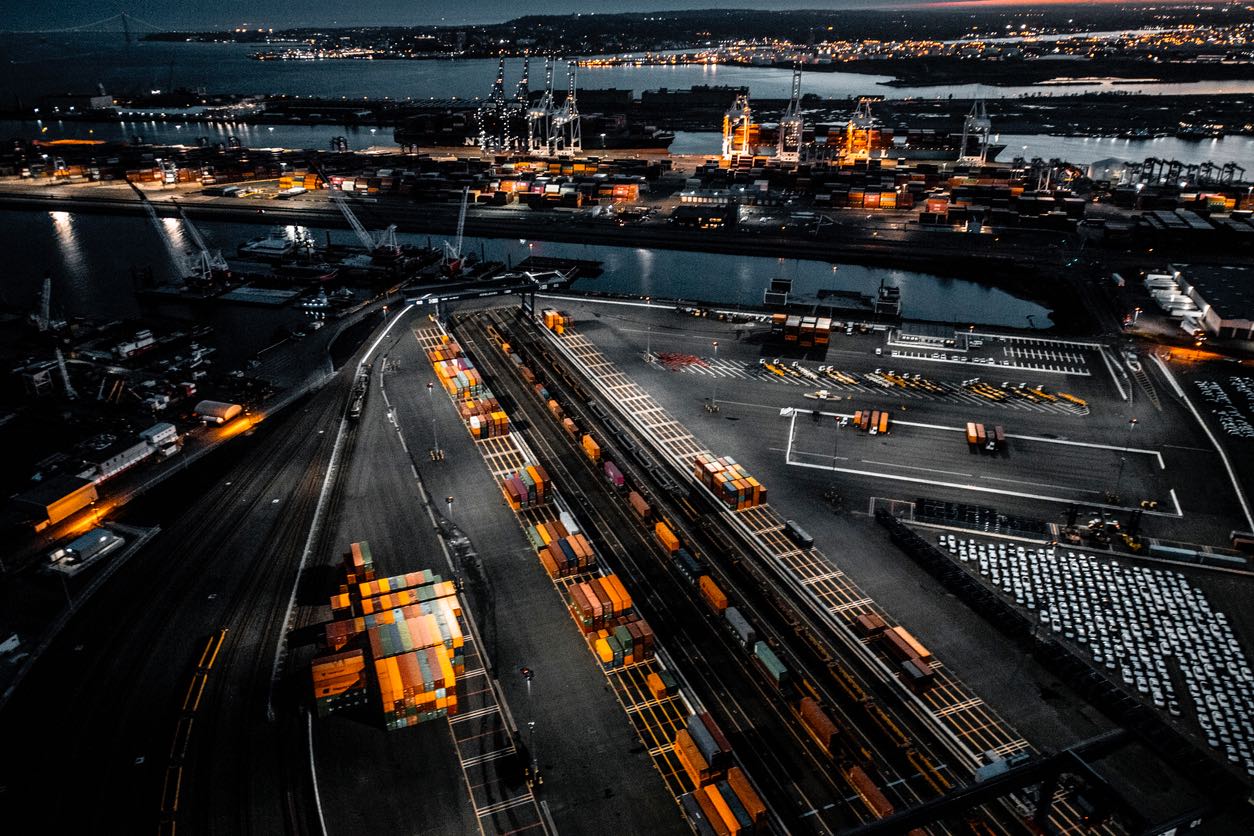
The federal government has allocated $653 million in a significant effort to modernize America’s marine infrastructure, demonstrating a strong commitment to improving the country’s ports. This investment, made possible by the Port Infrastructure Development Program, is a calculated move to meet the supply chain network’s urgent problems as well as the shipping industry’s changing expectations. This financing establishes the foundation for a more resilient and effective transportation system, which is essential to preserving American competitiveness in the international market, by focusing on important areas of development.
Substantial Investment for Major Upgrades: These monies were expressly allotted by the Department of Transportation (DOT) under the Port Infrastructure Development Program. This program offers crucial planning help and project management assistance in addition to capital finance support. The government’s deliberate distribution of these monies is indicative of both its commitment to maintaining US leadership in international commerce and logistics as well as its understanding of the critical role that port infrastructure plays in the country’s economy.
Enhancing Capacity and Efficiency: This financing seeks to address the growing needs for shipping and supply chain difficulties, with a particular emphasis on coastal seaports, Great Lakes ports, and interior river ports, as noted by the DOT. Through the improvement of these ports’ capacity and efficiency, the investment guarantees speedier, more dependable, and more seamless transportation of goods. This strengthens the entire ecology of the supply chain, benefiting not just the ports’ local surroundings but also the entire nation.
The government’s ability to anticipate and respond to the changing demands of the nation’s transportation and trade sectors is demonstrated by this calculated investment in port infrastructure. It promises to bring about revolutionary improvements that will pave the way for a future in marine and logistics operations that is more connected and efficient.
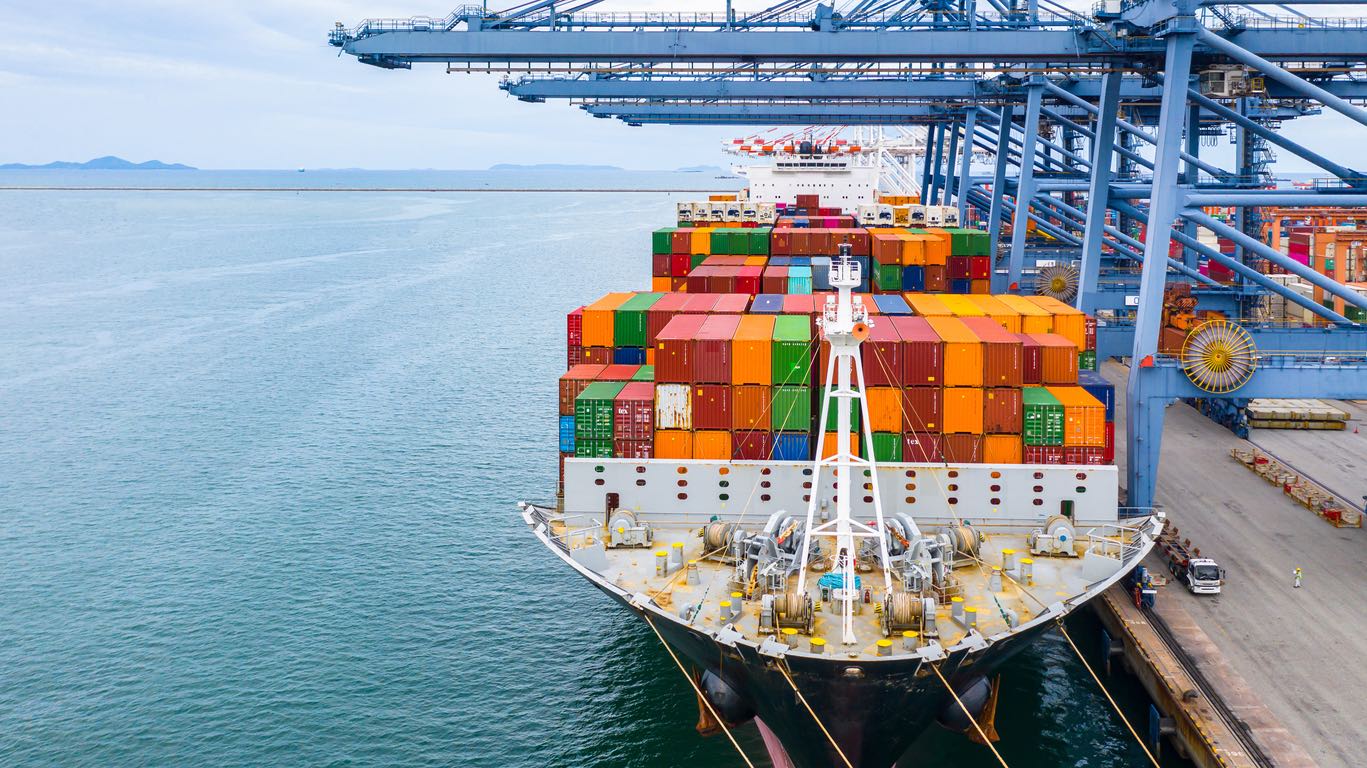
A special set of possibilities and difficulties are presented by the situation of the port infrastructure in the United States today, which is an essential part of the national and international supply chain. The approximately 300 coastal and inland ports that received a B- rating from the American Society of Civil Engineers (ASCE) highlight the critical need for investment and renovation. The article explores the complicated world of port infrastructure, elucidating its nuances and outlining the next course of action for the historic Infrastructure Investment and Jobs Act (IIJA) funds.
Current State and Future Needs: The more than 300 coastal and interior ports in the country receive a B- rating from the American Society of Civil Engineers (ASCE), signifying adequate but emphasizing the need for improvement. This includes an estimated $12 billion shortfall for infrastructure on the sea and extra billions for infrastructure on land. The current state of affairs highlights the need for proactive investments to get ready for upcoming demands and problems since it shows a precarious balance between functioning and increasing shortfalls.
Historic Investment in Ports and Waterways: The $17 billion overall commitment made by the IIJA is more than simply a financial contribution; it’s the biggest sum of money ever set aside specifically for American ports and waterways. The government’s historic action demonstrates its strategic commitment to improving supply chain dependability. It is an unmistakable indication of how important ports are to the US economy and to preserving its standing in the world trade arena.
This section concludes by highlighting the crucial point at which the port infrastructure in the United States is now located. It highlights the necessity of giving current gaps and upcoming issues careful consideration and funding in order to close them and ensure the nation’s supply chain networks are strong and resilient.
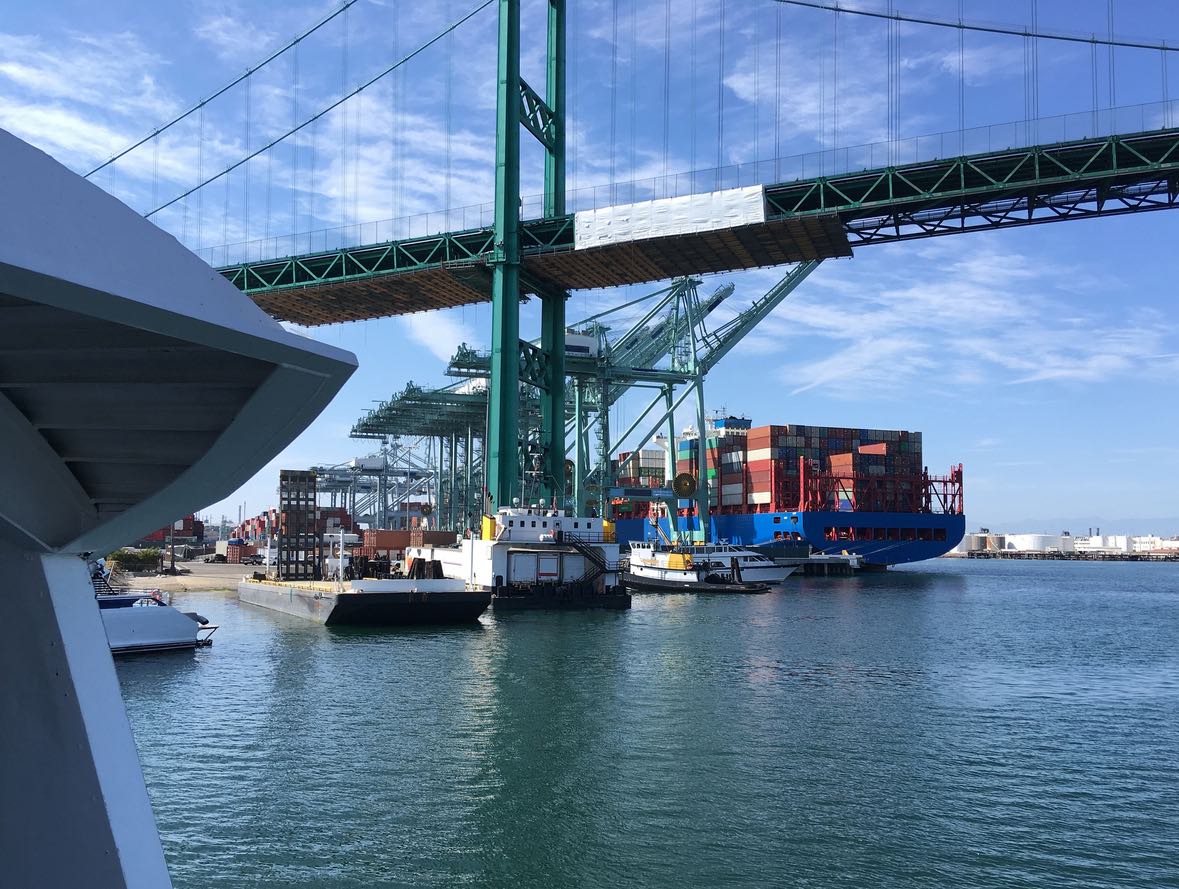
The government financing program targets a number of important projects, demonstrating a smart and varied approach to port upgrading in this revolutionary moment for U.S. ports. This section examines how these expenditures are expected to change the maritime infrastructure in America, ranging from significant enhancements for minor and inland ports to expansive terminal expansions. Every project is a vital component of the resilience and efficiency of the country’s supply chain, and each one has been carefully chosen based on its impact.
Diverse Port Enhancements: The projects that have been chosen include a broad spectrum of enhancements. One such project is the $54.2 million Husky Terminal Expansion in Tacoma, Washington, which is expected to greatly increase the port’s capacity to handle cargo. In a similar vein, Freeport, Texas’s $16 million Velasco Terminal Expansion is expected to improve the port’s capacity and operational effectiveness. These expenditures show a dedication to modernizing these vital hubs’ technical and logistical capacities in addition to enlarging their physical infrastructure.
Supporting Small and Inland Ports: Interestingly, $172.8 million is set aside for 26 small ports, addressing the particular difficulties these ports face in vying for federal subsidies and sustaining their infrastructure. These smaller ports, which are vital to the country’s supply chain network but sometimes ignored, would benefit greatly from this assistance. The initiative’s support of these ports guarantees a more equitable and thorough upgrade of the country’s port infrastructure, improving efficiency and connection in both important and small trade channels.
This calculated investment in a range of port initiatives shows a deep awareness of the complex requirements of the American maritime sector. Through a combination of large- and small-scale initiatives, the effort bolsters particular ports and increases the overall resilience of the country’s maritime infrastructure. Having a robust and effective port infrastructure is crucial to ensuring that the United States can meet future challenges and maintain its competitiveness in the global maritime industry.
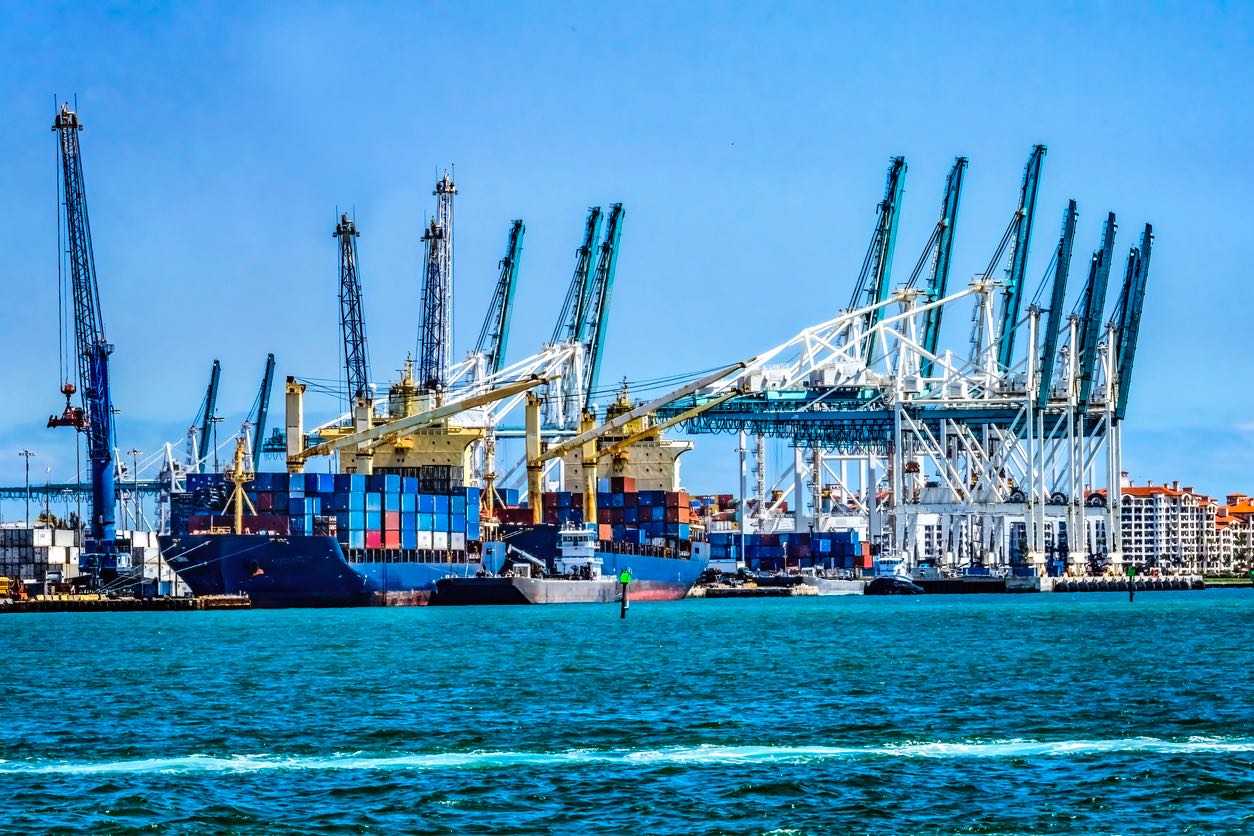
Given the atypical worldwide predicaments, the durability of harbor infrastructure has emerged as a critical issue. The new $653 million federal investment highlights a significant initiative to improve operating standards and strengthen U.S. ports’ resilience to potential disruptions. The main issues and strategic objectives for revamping the nation’s maritime gateways are examined in this part, with an emphasis on strengthening safety, effectiveness, and dependability in the transportation of commodities as well as increasing resistance to unanticipated events.
Addressing Pandemic-Induced Supply Chain Disruptions: Pete Buttigieg, the secretary of transportation, emphasized the vital necessity for ports to be resilient enough to endure significant interruptions, like those experienced during the pandemic. These supply chain disruptions had an impact on the United States as well as other countries, highlighting the need of robust port infrastructure in preserving consistent and dependable trade flows.
Enhancing Safety, Efficiency, and Reliability: The initiatives that were sponsored were chosen based on their ability to dramatically increase the flow of products. Enhancing safety, increasing efficiency, and guaranteeing dependability are the metrics used to quantify this improvement. Moreover, strengthening ports’ resilience is crucial to making sure they are prepared to face obstacles in the future and adjust to changing dynamics associated with global trade.
Constructing robust ports involves anticipating future uncertainty and not simply responding to previous setbacks. By making these vital infrastructure investments, the United States is guaranteeing that our ports stay competitive and able to meet the needs of modern trade, as well as setting a global standard for maritime trade efficiency and safety. With this calculated step, the United States will be positioned at the vanguard of global trade, ready to change with the times and prosper in a constantly shifting economic environment.
This program to modernize the port infrastructure in the United States is being funded by the federal government and constitutes an important milestone. These investments are going to alter the way that goods will be moved throughout the country, eventually strengthening the position of the United States in global trade. This will be accomplished by boosting capacity, efficiency, and resilience.

Ship A Car, Inc. (SAC) has become one of the most successful freight and vehicle shipping companies in the United States as a direct result of the company’s dedication to maintaining the highest standards of quality, efficacy, and customer satisfaction. The fact that the services offered by SAC are adapted to meet the ever-changing requirements of the transportation industry positions the company as a leading option not only for corporations but also for individuals.
Q: What is the Infrastructure Investment and Jobs Act (IIJA)?
A: The IIJA is a federal act that allocates funding for infrastructure projects across the U.S., including a significant investment in port infrastructure.
Q: How will the $653M funding impact U.S. ports?
A: This funding will enhance the capacity, efficiency, and resilience of 41 water-based ports across the nation, addressing both large-scale and small port needs.
Q: Why is modernizing port infrastructure important?
A: Modernizing port infrastructure is crucial for handling increasing shipping demands, improving supply chain reliability, and ensuring the U.S. maintains its competitive edge in global trade.
